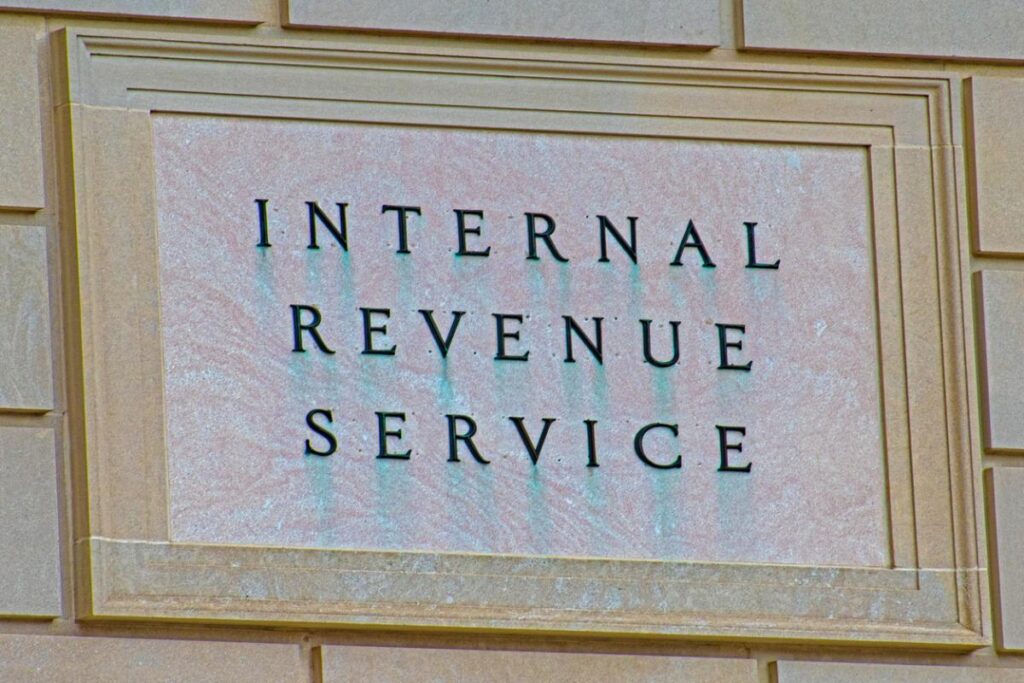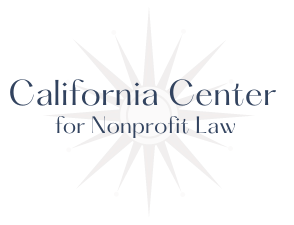
IRS Revised TG 3-8 – Disqualifying and Non-Exempt Activities, Inurement and Private Benefit – IRC Section 501(c)(3)
The Internal Revenue Service (IRS) has issued a revised version of Technical Guide (TG) 3-8, which addresses Disqualifying and Non-Exempt Activities, Inurement and Private Benefit under Internal Revenue Code (IRC) Section 501(c)(3). These revisions sharpen the focus on what it means for a tax-exempt organization to operate exclusively for exempt purposes—and the serious consequences of crossing the line into prohibited conduct. From excessive insider benefits to activities that primarily serve private interests, even well-intentioned tax-exempt organizations can risk their tax-exempt status if they’re not vigilant. Understanding these changes is essential for protecting your mission, maintaining public trust, and ensuring your organization continues to qualify for the benefits of 501(c)(3) status.
Clearer Definitions of Inurement and Private Benefit
The guide attempts to clarify the definitions of inurement and private benefit by providing additional examples and offering more thorough explanations.
Inurement
Under Section 501(c)(3), an exempt organization is organized and operated exclusively for charitable purposes only if no part of the net earnings inures to the benefit of any private shareholder or individual. The revised TG 3-8 reinforces that inurement—any part of an organization’s net earnings benefiting an organization insider, such as a founder, board member, or key employee—is strictly prohibited. Even a single instance can result in loss of tax-exempt status.
TG 3-8 lists the following as common examples of inurement:
- Unreasonable compensation
- Payment of excessive rent
- Detained or retained interests
- Receipt of less than fair market value in sales or exchange of property
- Unsecured or inadequately secured loans
- Prohibitive benefit from funds
- Exempt organizations providing capital improvements to property owned by their insiders
- Copyrights and royalties benefiting insiders
- Interest-free and/or unsecured loans to insiders
- Dividends
Private Benefit
Treas. Reg. 1.501(c)(3)-1(d)(1)(ii) provides that an organization must show that it is not organized or operated for the benefit of private interests, but for the benefit of a public interest.
Like inurement, private benefit—when the organization’s activities primarily serve individuals or entities outside the charitable class it is meant to serve—is also prohibited if more than incidental. However, unlike inurement, private benefit need not involve insiders; it may involve those outside the organization, as well.
Nonetheless, an incidental private benefit does not automatically disqualify a charitable organization from having tax-exempt status. A private benefit is incidental if it necessarily accompanies the organizational activity that benefits the public and accomplishes exempt purposes.
The guide now includes more examples to help organizations distinguish between permissible and impermissible benefits, pointing out that while “all inurement is private benefit, but not all private benefit is inurement.”
Expanded Examples of Disqualifying Activities
The IRS has broadened its list of activities that could jeopardize exemption, including excessive insider compensation, favorable business arrangements with related parties, and program structures that disproportionately benefit private interests. The revisions also highlight risks in joint ventures, intellectual property arrangements, and certain fundraising contracts.
Greater Emphasis on Proactive Compliance
TG 3‑8 now stresses the importance of internal controls, board oversight, and documentation. Tax-exempt organizations are encouraged to adopt written conflict‑of‑interest policies, conduct regular compensation reviews, and ensure all transactions with insiders are at arm’s length.
Frequently Asked Questions (FAQ)
What is the focus of the IRS’s Revised TG 3-8?
The revised TG 3-8 explains the rules that prohibit 501(c)(3) organizations from engaging in activities that provide impermissible private benefit or inurement.
What is inurement?
Inurement occurs when an organization’s net earnings are used to benefit an “insider” (such as a founder, board member, or key employee) beyond reasonable compensation.
What is a private benefit?
Private benefit occurs when an organization’s activities primarily benefit individuals or groups outside its intended beneficiaries, even if they aren’t insiders.
What are examples of activities that could cause inurement or private benefit issues?
Examples include:
- Paying unreasonable salaries or fees to insiders.
- Allowing an insider to use the organization’s assets for personal purposes without fair market compensation.
- Structuring programs so that a specific business or individual gains a substantial advantage unrelated to the nonprofit’s mission.
- Creating agreements that allow assets to revert to a founder or donor upon project completion. These activities can signal to the IRS that the organization is serving private interests instead of the public good.
How can a charitable organization avoid violating these rules?
To stay compliant, charitable organizations should:
- Ensure all compensation is reasonable and supported by market data.
- Document all transactions with insiders and confirm they are at arm’s length.
- Design programs to serve a broad charitable class, not a select few.
- Regularly review governance policies and IRS guidance to stay current with changes. The revised TG 3-8 emphasizes proactive compliance—meaning tax-exempt organizations should have internal checks in place before problems arise.
Take the First Step Toward Legal Peace of Mind
Navigating the ever-changing legal landscape for charitable organizations can be complex, but you don’t have to do it alone. At the California Center for Nonprofit Law, we stay ahead of legal developments so you can focus on your mission with confidence. For guidance tailored to your organization’s needs, call us at (949) 892-1221, email info@NPOlawyers.com, or reach out through our website today.
